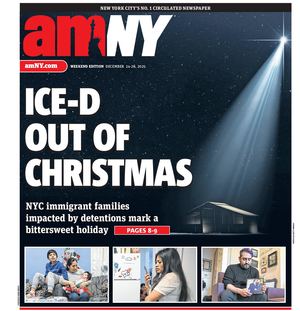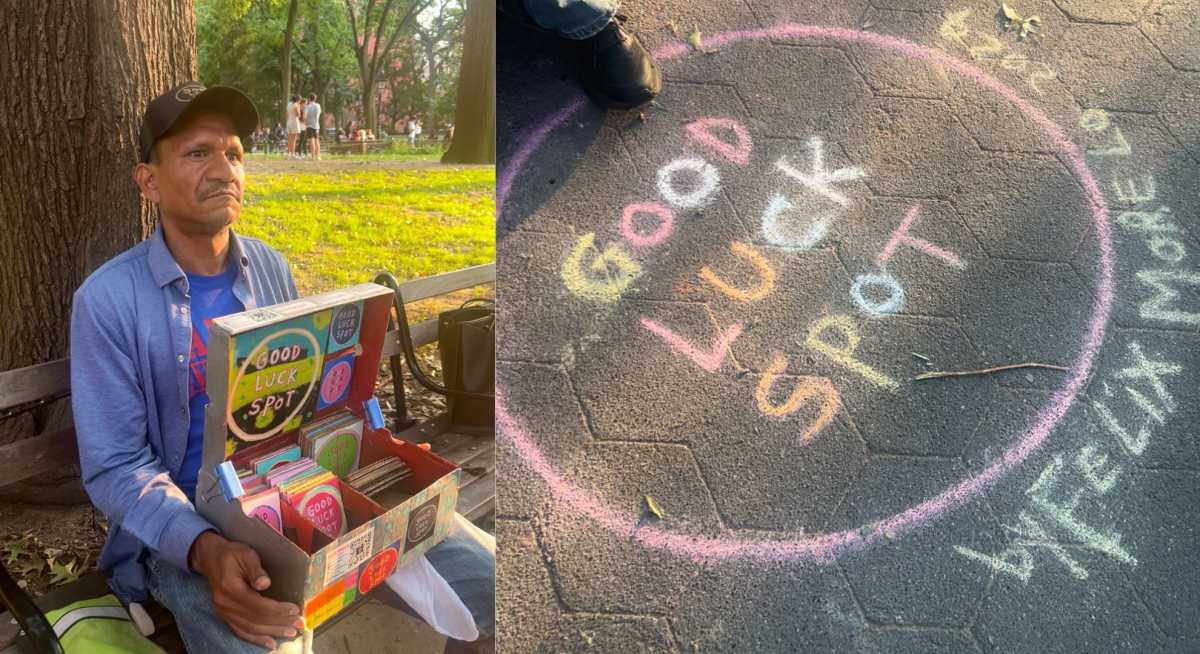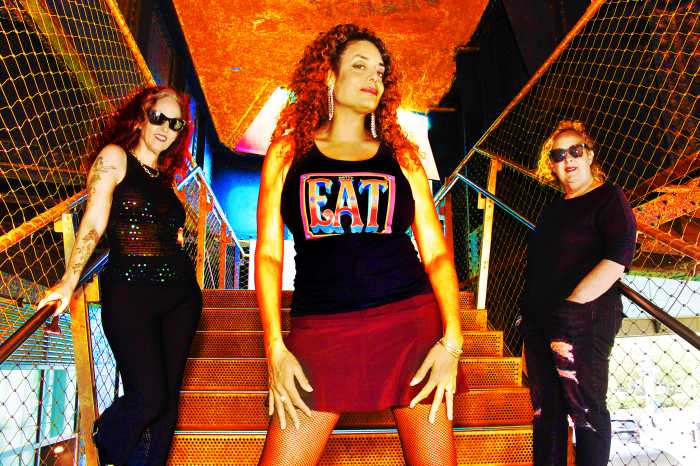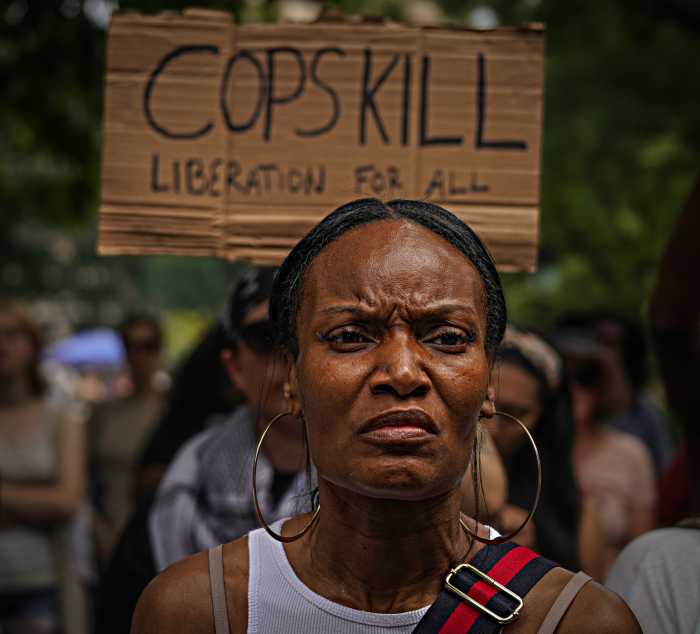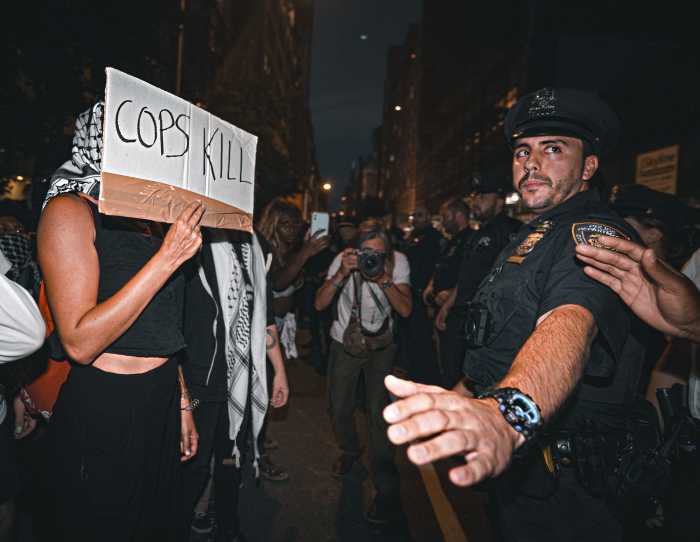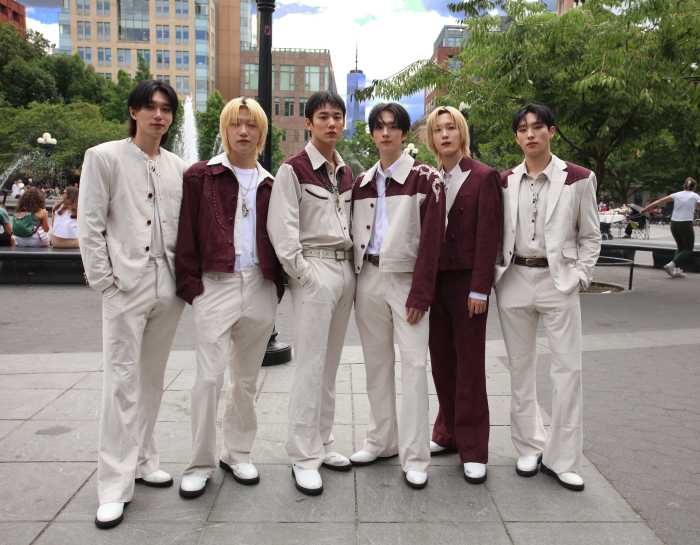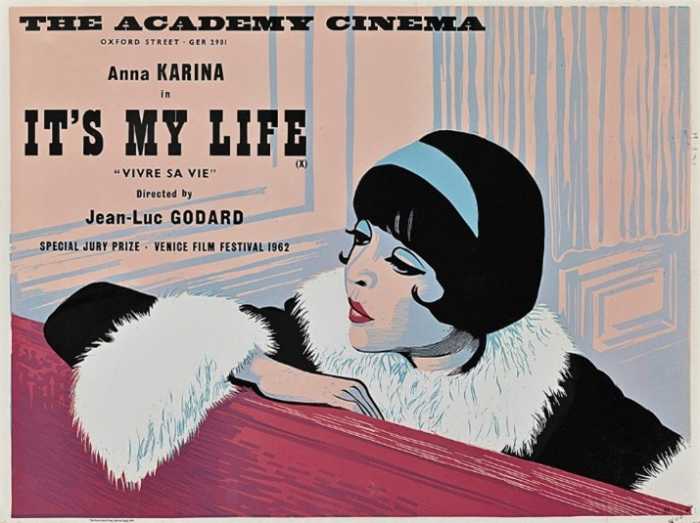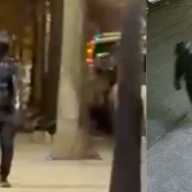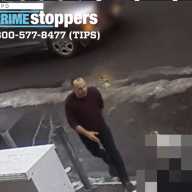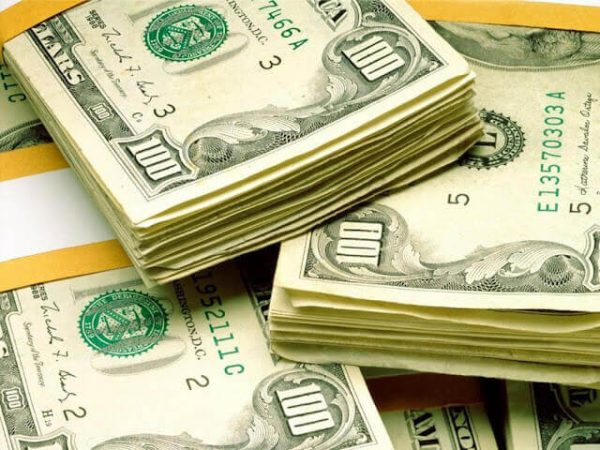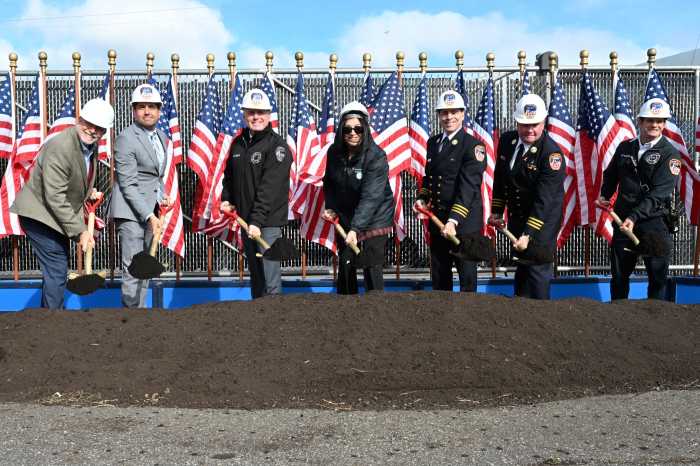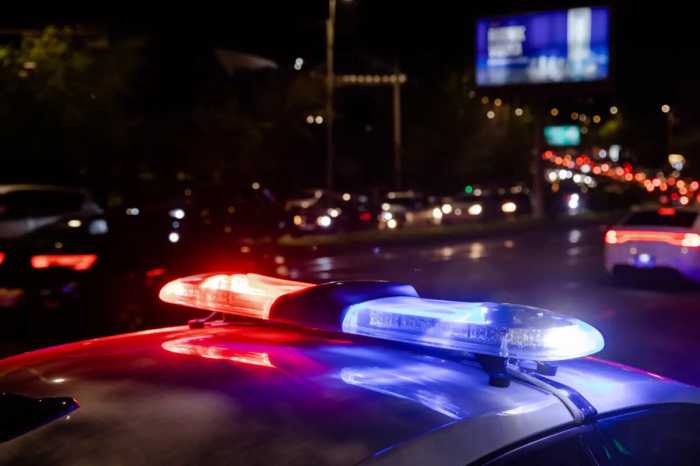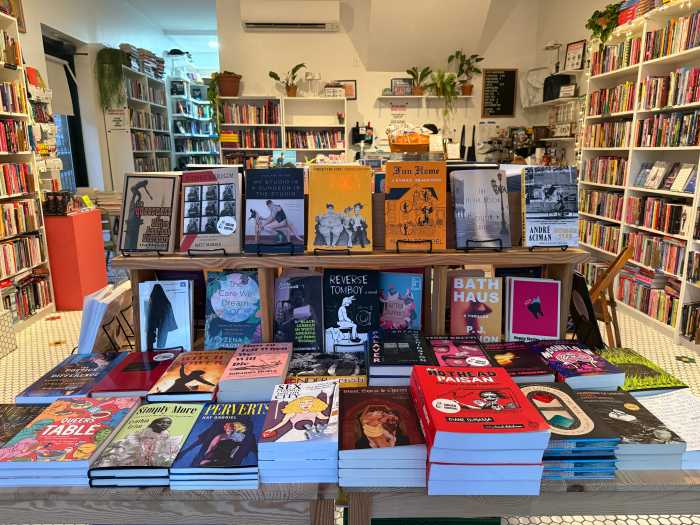If you’ve ever taken a stroll through Washington Square Park, chances are you’ve ended up in one of its many “bad luck spots,” and now need to go knock on wood. Or maybe you’ve been fortunate enough to step foot in a “good luck spot” instead, and are now on your way to purchase a lottery ticket. Perhaps you and your partner are on a date and find yourselves in a “hugging spot” or “kissing spot” — a sort of modern mistletoe.
Felix Morelo, 52, is a Columbian artist, painter and the man behind these colorful chalk circles. His work has become ubiquitous across Washington Square Park, Union Square, and SoHo. Every day, hundreds of people walk past the spots, reacting with every emotion from excitement to fury.
Morelo started focusing on the spots about four years ago and used them as an easter egg for people following his other artwork. He began with drawing childlike, psychedelic faces on canvas, and then translated those designs to city sidewalks. Eventually, the thousands of chalk faces lining the streets piqued people’s interest.
“It became like a trail,” he said. “Then a friend of mine said, ‘Felix, you got people following your chalk faces. You should have something at the end for them to find, like a treat or a surprise,’ and that’s how the Good Luck Spot came about.”
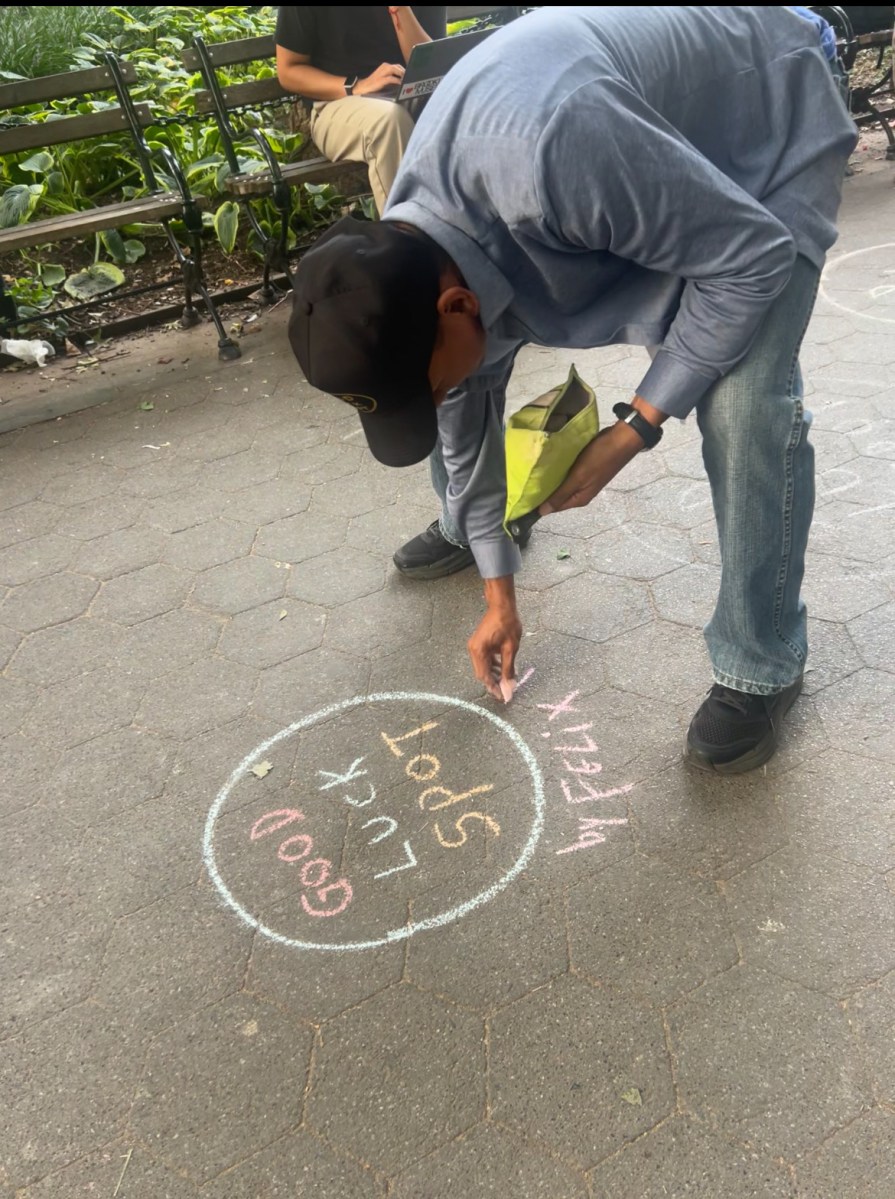
The spots soon grew into their own street art pieces. Morelo added new ones with actions such as healing, dancing and screaming, and also began experimenting with different shapes and colors of chalk. He became fascinated with how people would respond to the different pieces — while many simply ignored them, others would make it a point to seek out a good luck spot after accidentally stepping in a bad one.
Molly Koch, a first-year at NYU, walks through the spots nearly every day on their way to class, and says they really believe in the spots’ messages.
“If I step in a good luck spot, I feel like I actually have good luck,” they said. “Like one time I stepped in one and then got a callback for an interview. But then I step in a bad spot and feel on edge for the rest of the day.”
Not all of Morelo’s spots are this popular, however. Some of his spots with darker themes such as the “suicide spot” and the “racist spot” have led to criticism, with many people believing that they might be triggering for parkgoers and lead to violence.
Heloise Jacobs is another student who frequents the park. Despite believing in and enjoying the good luck spots, she said she couldn’t get on board with the darker ones. Initially, she believed that someone else was making them to mock Morelo’s work.
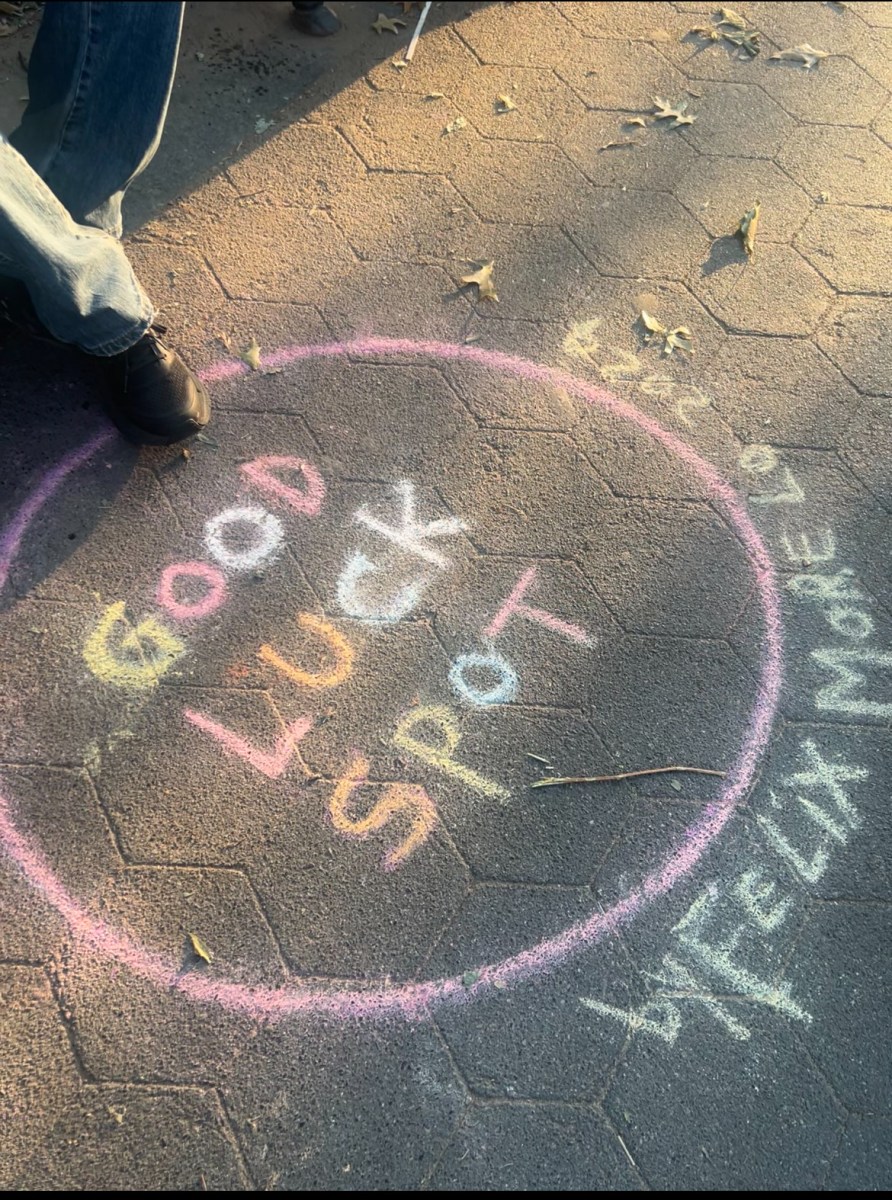
“I saw one that said, ‘kill yourself spot,’” she said. “I was like, trying to find water or something to dump over it. I didn’t think that should’ve been there.”
Morelo’s Instagram comments are also divided over the bad luck spots. While some users see their humor — one even compared them to the nostalgia of trying to avoid sidewalk cracks in their childhood — others call them “mean-spirited” and an “inconvenience.”
“It’s a way of expressing myself in what I consider a constructive way,” Morelo said. “It’s taking those negative emotions and channeling those energies. Technically, I’m not harming anybody. People might get upset, but at the end of the day, it’s just chalk.”
Regardless of the mixed emotions, it’s clear that the spots have made an impact on New Yorkers’ lives. One fan even got a “Good Luck Spot” tattooed on her arm, after following Morelo’s work for a while.
“His philosophy behind it and how it was a social experiment really intrigued me,” she said. “I just have a lot of respect for him and his work and how he can impact people so deeply.”
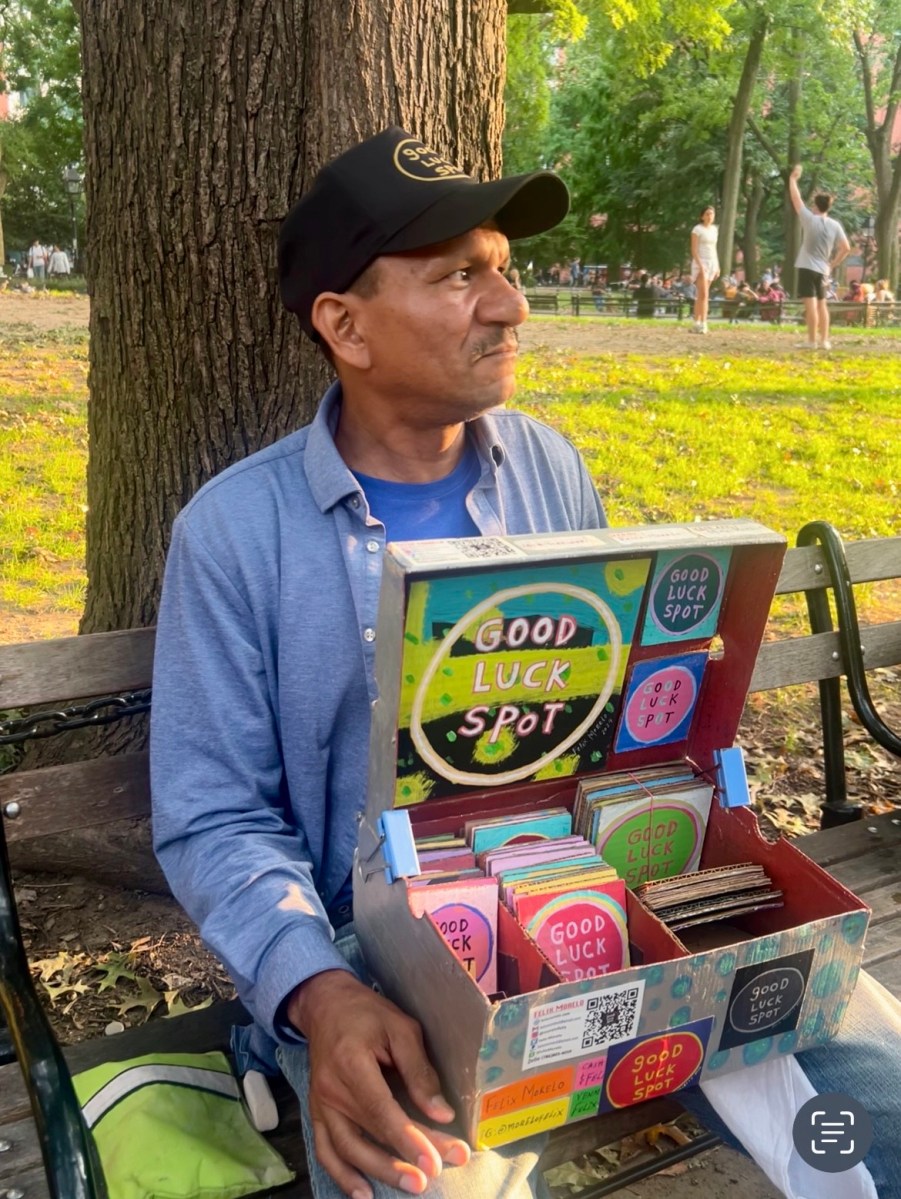
Morelo moved to New York City from Columbia when he was just 11. He studied at the Parson School of Design, where he first started painting. His spots earned him a grant from City Artist Corps in 2021, allowing him to paint Good Luck Spot murals around the city. When businesses boarded up their windows during COVID and in the aftermath of the Black Lives Matter movement, Morelo was part of an artists’ initiative to paint the spots over the plywood. Today, his work is in galleries in Atlanta, New Mexico and even Japan. He’s been commissioned to paint a mural in Bali, Indonesia this coming November.
He loves to explore the theme of superstition and gauge people’s reactions when they’re faced with different kinds of energies. He says that his bad luck spots have often led to hate mail, cursing and even fights, but all he wants to do is break people out of their routines.
According to Morelo, the pessimism speckled throughout his artwork is balanced out by its transience. “Sometimes I get sick of my own darkness, so I need the rain to come and cleanse it off,” he said at a talk hosted by Jaimee Martello, a HuffPost writer and fan of Morelo’s. “That’s why I use chalk. I like the fact that it’s not permanent.”
Morelo sells “Good Luck Spot” merchandise and makes custom spots on small canvases. He also turns to other art forms in his free time, such as writing poetry along the sidewalk or performance art. Each one gives him a different outlet for his ideas, which he says stem from the concepts of loneliness, socializing, love and the lack thereof. However, public interaction will always be a critical part of his work.
Whether or not Morelo believes in the spots is a complicated matter.
“Sometimes I do, sometimes, I don’t,” he said. “Life has a lot of unanswered questions. I try not to discredit them so much.”
Read More: https://www.amny.com/new-york/manhattan/the-villager/
